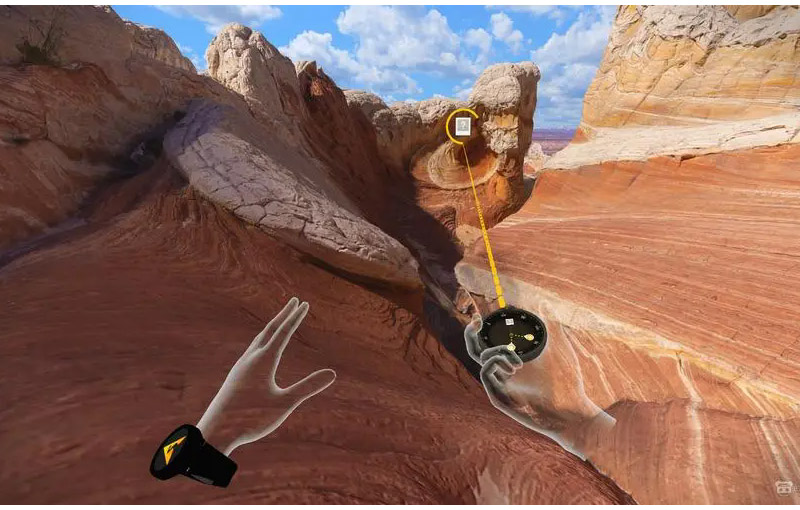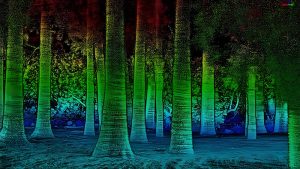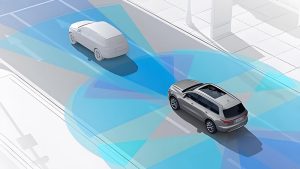Introduction
The concept of virtual tourism has gained traction in recent years, offering a way to explore destinations from the comfort of home. LiDAR technology, with its ability to create precise 3D models, has significantly enhanced this experience. By bridging the gap between reality and imagination, LiDAR is making virtual tourism more immersive and accessible.

Understanding LiDAR Technology
LiDAR, an acronym for Light Detection and Ranging, works by emitting laser pulses and measuring the time it takes for the light to bounce back. This process generates a point cloud that represents the surface of objects and landscapes. In virtual tourism, these point clouds are transformed into detailed 3D models that can be explored virtually.
The precision of LiDAR data allows for the creation of highly accurate digital reconstructions of various environments, from bustling cities to remote wilderness areas. This level of detail enhances the virtual experience, providing users with a more realistic sense of the locations they are exploring.
Applications in Urban Exploration
LiDAR technology has proven invaluable for virtual tours of urban environments. By scanning cities, LiDAR captures detailed architectural features, street layouts, and even the texture of building facades. This data can be used to create virtual city tours that allow users to navigate through streets, explore landmarks, and experience urban areas as if they were physically present.
For example, cities like New York and Tokyo have utilized LiDAR to create detailed virtual models that showcase their iconic landmarks and hidden gems. These virtual tours offer a unique perspective on urban planning and architectural design, making them valuable resources for both tourists and researchers.
Revolutionizing Historical Site Tours
LiDAR has revolutionized the way historical sites are documented and experienced. The technology enables the creation of detailed 3D models of ancient structures, which can be explored in virtual reality. This has made it possible for people to visit historical sites that are otherwise inaccessible due to preservation concerns or geographical limitations.
Sites such as Machu Picchu and the Colosseum have been scanned using LiDAR, allowing virtual tourists to walk through these historical wonders and learn about their significance. These virtual reconstructions not only preserve the sites digitally but also provide educational experiences that highlight their historical and cultural importance.
Enhancing Natural Landscape Exploration
LiDAR is also making strides in virtual exploration of natural landscapes. By mapping terrain, vegetation, and geological features, LiDAR allows users to experience natural environments with unprecedented detail. Virtual hikes through national parks, mountains, and coastal areas become more engaging with the ability to explore realistic 3D models.
For example, virtual tours of the Grand Canyon or the Amazon Rainforest can showcase the topography, vegetation, and natural landmarks in a way that traditional 2D maps or photographs cannot. This immersive experience fosters a deeper appreciation for natural beauty and environmental conservation.
The Future of Virtual Tourism with LiDAR
As technology continues to advance, the future of virtual tourism with LiDAR looks promising. Improvements in LiDAR sensors, data processing, and integration with other technologies like VR and AR will likely lead to even more immersive and interactive experiences.
Challenges such as high costs and technical expertise will need to be addressed to make LiDAR-based virtual tourism more widely accessible. However, ongoing research and development may soon make it possible for smaller organizations and less well-known destinations to benefit from LiDAR technology.
Conclusion
LiDAR technology is bridging the gap between reality and imagination in the realm of virtual tourism. By providing detailed 3D models of urban areas, historical sites, and natural landscapes, LiDAR enhances the virtual travel experience and offers new opportunities for exploration. As technology evolves, LiDAR will continue to play a pivotal role in shaping the future of virtual tourism.


